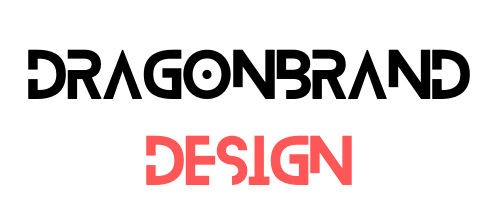
US Patent Law – The One Year Rule
The purpose of this piece is to examine the sometimes baffling, frustrating, and somewhat unfair, aspects of what’s called the “One Year” rule when it comes to obtaining a patent for an invention.
Basically, patent law is kind of funky. It’s not easy to get a patent, and this is deliberate. Even in what seems like a straightforward situation, obtaining a patent for an invention is a complicated undertaking. Let alone that there is an odd rule associated with it, one that can knock you right out of the ballgame before you even start. Therefore hiring an agency, like Invent Help, to be by your side is highly recommended.
According to United States patent law, a patent for an invention may be awarded to either a person or to a company provided that the invention to be patented has not been offered for sale for greater than a full calendar year before the patent’s application date.
The catch here is that this law is not just related to actual sales, but even “offers” to sell, i.e. advertising, or salespersons making sales offers, so if the invention as a product has been advertised or the product pitched, the one year timer has started and the sand is running.
If life and law were simple and straightforward, it would be nice if the filing of a patent application should precede any sales effort. Or better yet, if you had been selling the invention for any length of time and had no competitors yet.

However, life’s rules are imperfect, and sometimes a hot idea needs to hit the market ASAP, either because of fear of a similar invention lurking out there or just because the money from sales is needed for the financial survival of the individual or company.
As a result, you, as a patent seeking inventor, or any company with a product that deserves patenting, should fully appreciate and weigh carefully what it is that starts the sand running, because when the sand runs out, it’s over.
So, what exactly is it that starts the one year countdown?
One thing that will do it is that there has been a sale, or an offer of sale has been made for the invention. This can be documented by either putting the sale offer in writing, in the form of a letter, or email we imagine, even. Or, by direct contact in the form of a meeting where the inventor shows drawings or diagrams and or a functioning prototype and makes an offer to another company or individual to sell them the invention. If either of these have occurred? The clock is ticking. That is why it is very important to have someone professional like InventHelp to guide you – learn why new inventors turn to InventHelp.
Another criterion is that the invention must be ready to be patented at the time the sale or sales offer occurs. This criterion is met if the inventor’s drawings at the time of the offer of sale or sale were of adequate detail and quality to allow the buyer or potential buyer to produce the invention.
So, be careful and watch the calendar and your activities so you don’t jeopardize your chances of obtaining a patent.





